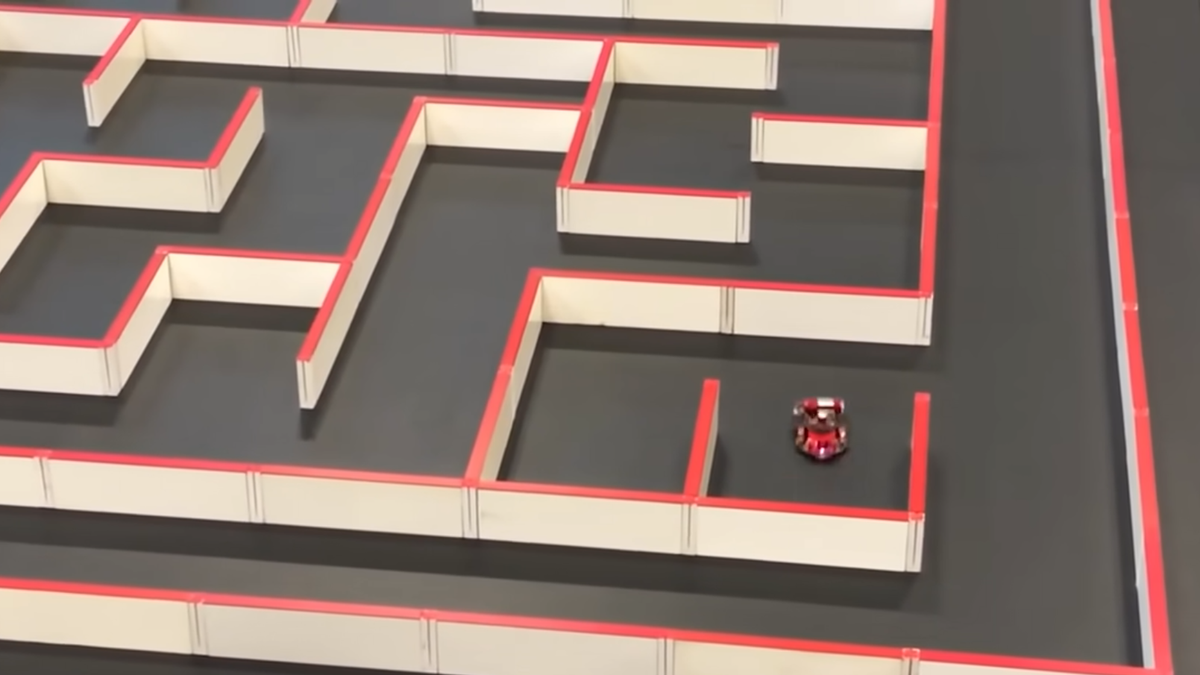Micromouse tournaments have been held since the late 1970s and are a deceptively simple form of robotics competition in which participants design small robots that move autonomously through a maze.new video From documentary creator Veritasium It focuses on what has been called “the fastest maze-solving contest on the planet” and a deep struggle to optimize both physics and robotics.
For my part, I thought this style of robotics competition was obsolete decades ago, so it was very interesting. However, as with many competitive events, it turns out that new technological innovations have created ever-smarter solutions to maze and mouse programming. A particularly dramatic moment is when the team introduces diagonal movement and when someone starts solving for the fastest travel time instead of the shortest physical path.
“You see that solving a maze isn’t the problem? It never was, right?” MIT research engineer David Otten says in the video. “It’s really about navigation, it’s about going fast.”
Many of the algorithms and programming you hear here are actually commonly used in video games. As for games, search and sort programming, such as flood-filling and various other search algorithms, as well as concepts such as graph and tree traversals, are central. This is especially true in genres where the computer takes control, such as when giving orders to real-time strategy units, and his AI programming of friendly and enemy bots.
The engineering part probably isn’t much. Unless the physics engine is pretty good. Or what if they started applying some kind of fan-driven hover cushion technology to reduce downforce and make gaming mice move faster? Actually that sounds great, someone should do it.
Watch the 25 minute documentary video Earth’s fastest maze-solving contest on YouTube.

